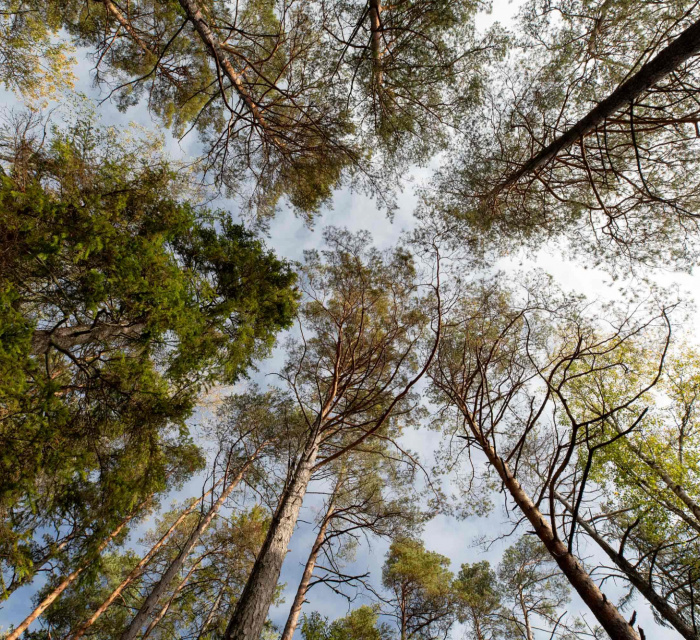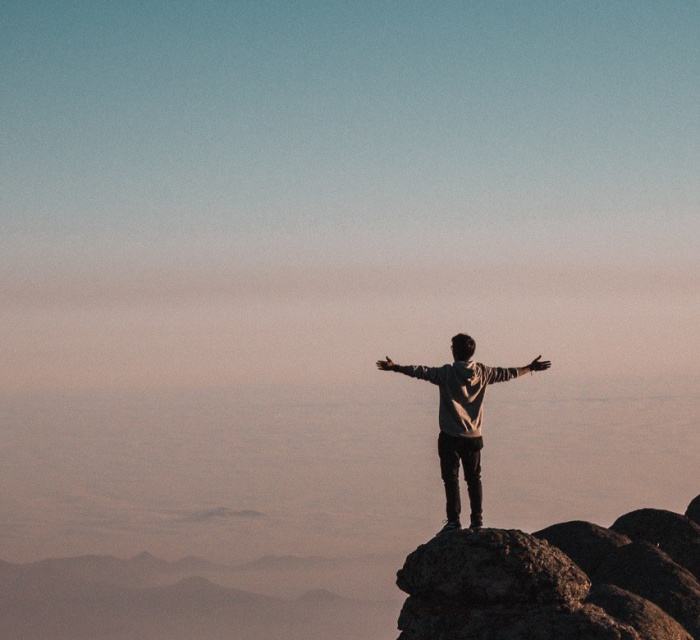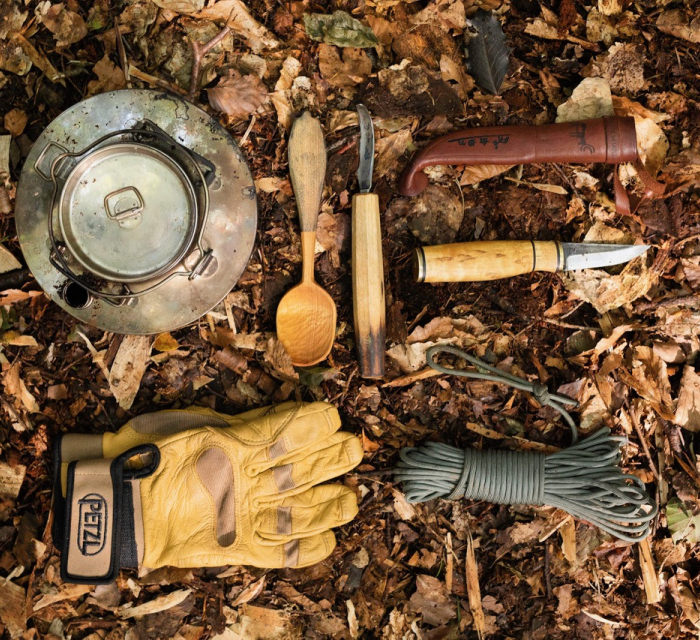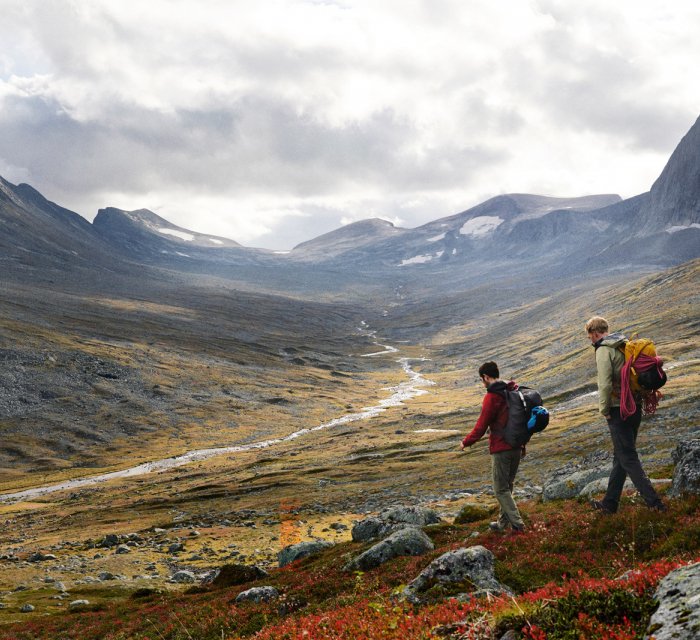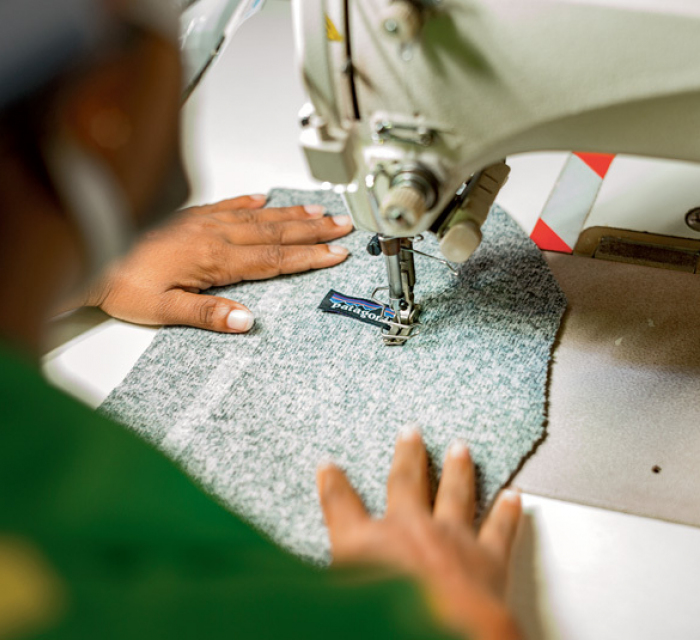It all started sitting around a campfire in Yosemite Valley. Ali Robb, an old friend, was showing me images of unclimbed cliffs on Rassay, a remote little island off the west coast of Scotland, our home turf. I’ve had a lot of conversations like this, which often, when everyone realises the burden of such expeditions, come to nothing. So, while some little flame ignited in me, I feigned interest and the conversation moved on.

Eight months later Ali put out a call looking for people to join him on the island. At that point I was living in a wild corner of north-west Scotland, but my time there was coming to an end. An imminent emigration to Canada gave me a feverish need to experience Scotland as much as I could in my last few months, so I dropped him a line. I thought it could be a cool opportunity to go somewhere new and hang out with old friends, and actually see through one of those ideas I never had. I’d bring a camera and get some nice snaps of other people doing the hard work, carrying the loads; it would be fun! But no one else was remotely interested in the alluring prospect of remote Scottish sport climbs trapped between a bog and an ocean. As the ferry pulled away from the Isle of Skye, it dawned on me once and for all that it really was just the two of us – a convenient point of no return.


I’ll summarise how the next few days went… Badly.
The trip in many ways was completely unsuccessful – poor rock quality and zero experience of developing routes of this nature meant we were leaving empty handed. We didn’t have anything close to a new route and all I had were some pictures of Ali walking to the base of the cliff and abseiling down, only to find we were’t where we wanted to be, had terrible rock quality, was too hard, too easy, or was home to angry seabirds. But we couldn’t help feeling like we’d missed something – perhaps it was just part of the process. That’s what we put it down to – it was going to require more effort than we first thought, and we vowed to return soon.

A few weeks later the hardship and disappointment of the first trip had started to fade and against my better judgment I was sitting on the ferry to Rassay again. My move to Canada was only two weeks away, so this really was my final adventure in the wilderness of a country I had called home for the best part of my life. Scotland took on a new clarity, and I was desperate to soak it up as I said goodbye.
The week went past in a blur of heavy packs, trudging through bogs and finding a line. Our lack of knowledge and mistakes that dogged our previous trip seemed to have lifted, and the first line we abseiled down turned out to be exactly what we were looking for: a soaring sequence of steep crimps and edges for well over 100m. After a few days of cleaning and bolting, all we needed to do was climb it – that’s the thing about developing new routes, there is always the lingering possibility that you won’t be able to actually climb it. We put out a call for a climbing partner to complete the trio so Ali could send and I could shoot, and as if by magic, the following day Callum arrived to join the fight.


Hanging on the rope as I waited for Ali to start, it dawned on me that the success of this climb was almost secondary to the process of developing it. An hour or so later, the route would be done and I would be off, swept up in a whirlwind of last minute packing, goodbyes and a whole new life. Climb or no climb, the process of spending time on this scrappy corner of this remote piece of Scotland is something I will never forget, angry birds, wrong turns and all. Funnily enough, after all our struggles, the route went down with little difficulty and we named it “Na Tùsairean” which means “the pioneers” in Gaelic – none of us speak Gaelic, it just so happens to be the name of the local whiskey.


I now live in Squamish, a mountain town just north of Vancouver, Canada, and I couldn’t feel further from the stormy cliffs that inspired my Rassay journey. Everything I love about Scotland can be summed up in the images I took on that trip: the uncertainty of success (and good weather); the battle against midgies, ropes over sharp edges as we dangled above an abyss filled with heather and ferns and the bones of unfortunate sheep; barren, windswept bays scattered with the ruins of old communities; scrabbling and scrubbing a cliff that no one may ever repeat. I didn’t want to go and then I didn’t want to go back really, but as time creates distance from that place, it slowly becomes apparent that it might have been the most fun I’ve ever had on a rope.















